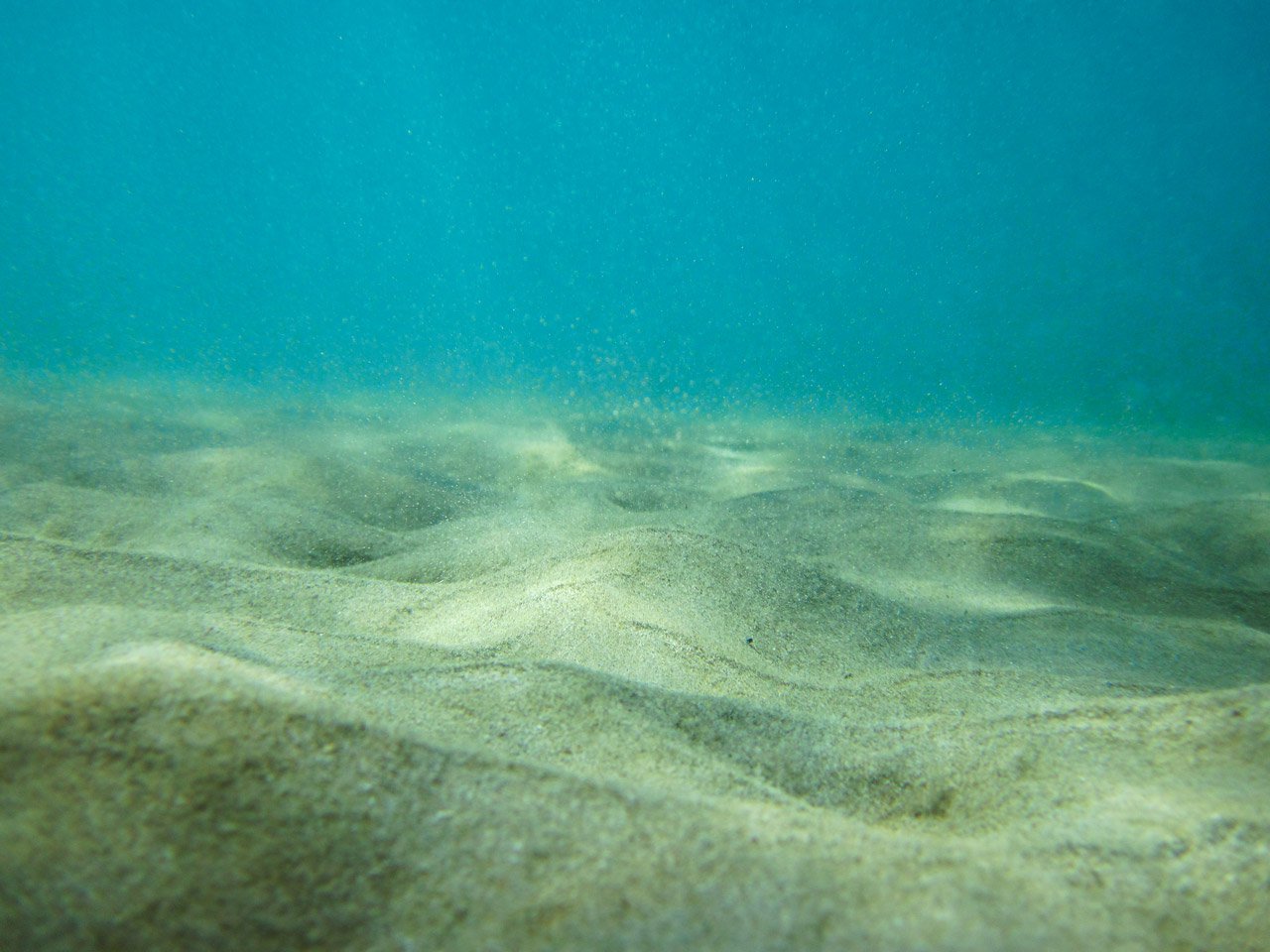Underwater currents
It had long been thought that biological transport of electricity was limited to distances of micrometres (0.000001 m). Now research by scientists at the universities of Antwerp, Delft and Hasselt has shown that some bacteria can conduct electrical currents over a distance of no less than one centimetre (0.01 m). Cable bacteria were first discovered some time ago on the seafloor around Denmark. These chains are a hundred times thinner than a human hair. As part of this study, the research team located cable bacteria in Rattekaai salt marsh in Zuid-Beveland in the south-west of the Netherlands. Researchers noticed that electrical currents flowed through the sea floor at locations where these bacteria were found. Consequently it had long been assumed that cable bacteria can conduct electricity, but this hadn’t yet been proven because research is difficult to carry out as cable bacteria can’t survive if exposed to air. With the help of self-developed techniques the researchers have now managed to measure electrical currents passing through cable bacteria. It was revealed that this could happen at a distance of 10.1 mm (0.0101 m), a little over one centimetre.
A charged issue
In addition to this conduction distance, the researchers also discovered which part of the cable bacteria is responsible for this electrical transport. Cable bacteria have ridges on the outside of their cells. Fibres in these ridges are able to conduct electricity, but it’s not yet known precisely how they manage to do this. Further research needs to show which structures within these fibres are responsible for the ability. Insight into these bacteria and their conductive fibres may lead to applications in future technological developments. To give one example, these bacteria might be used as biological electrical cables, or make a contribution to the generation of sustainable electricity. Maybe in the future our smartphones will be full of cable bacteria.

